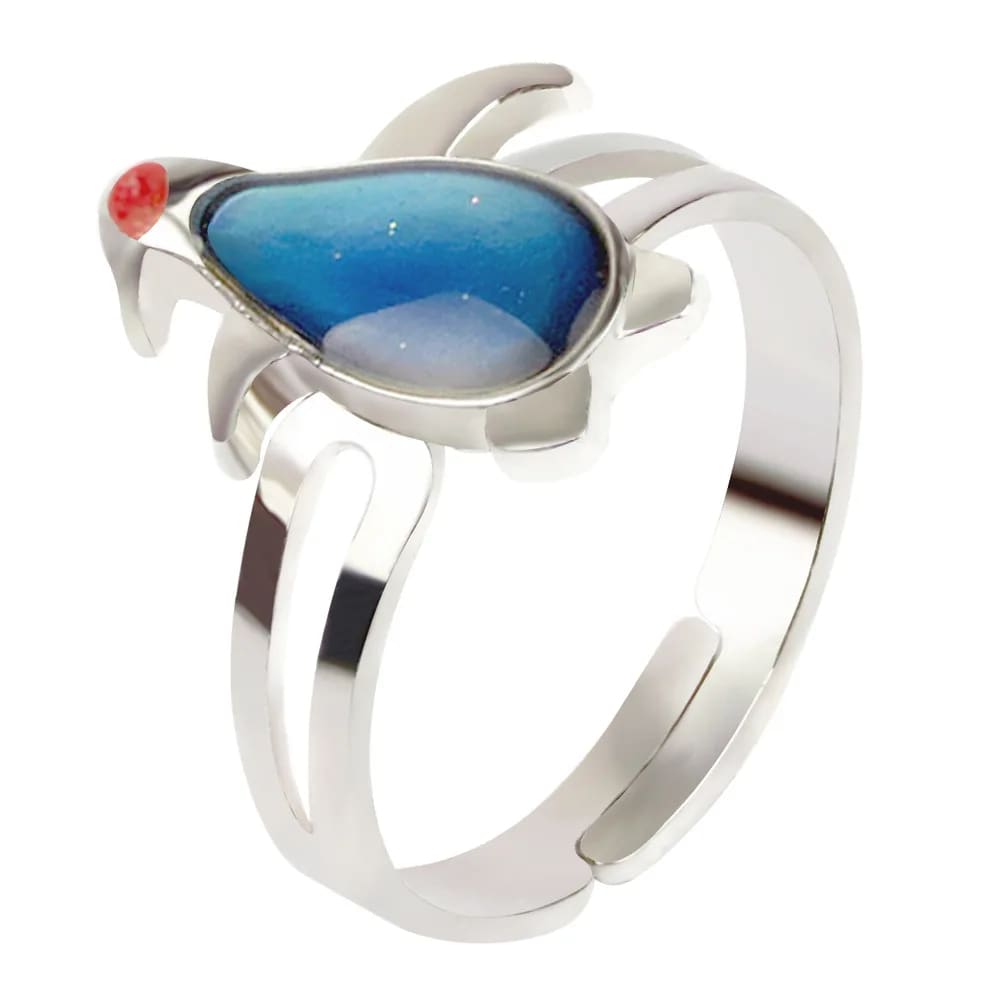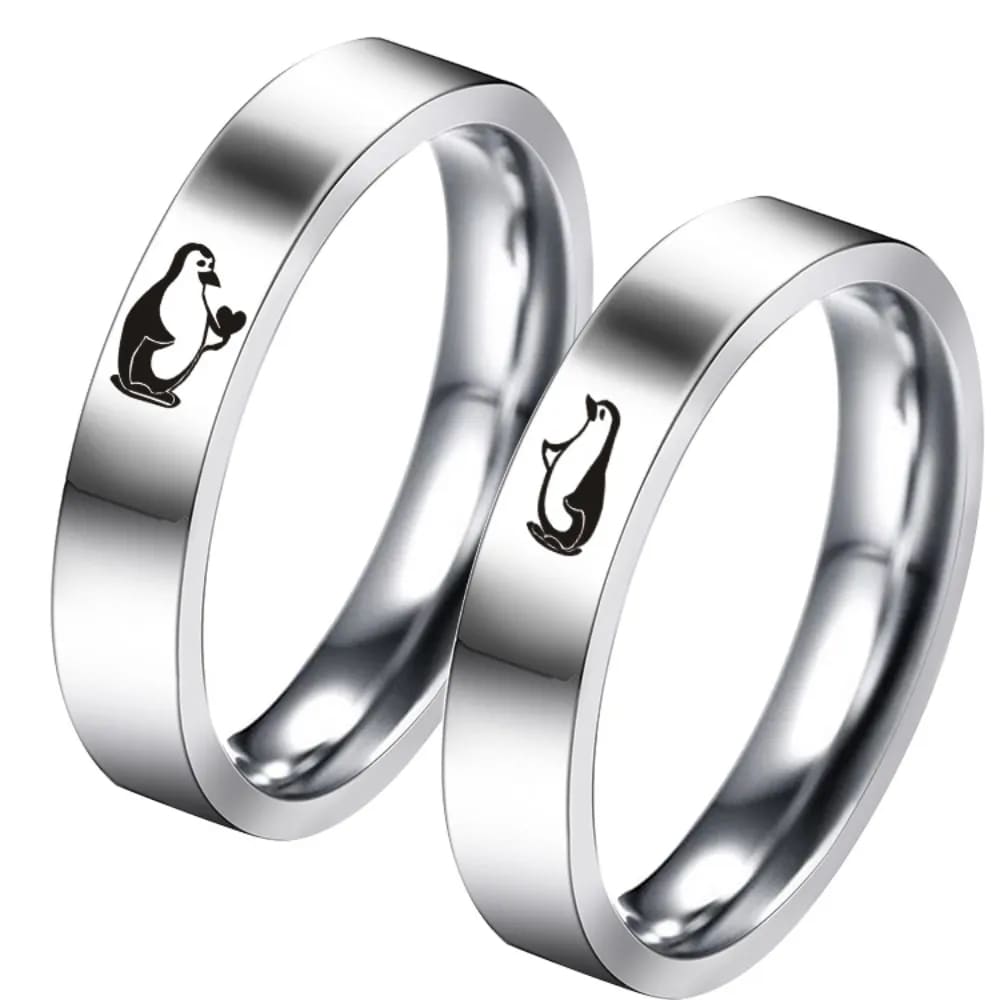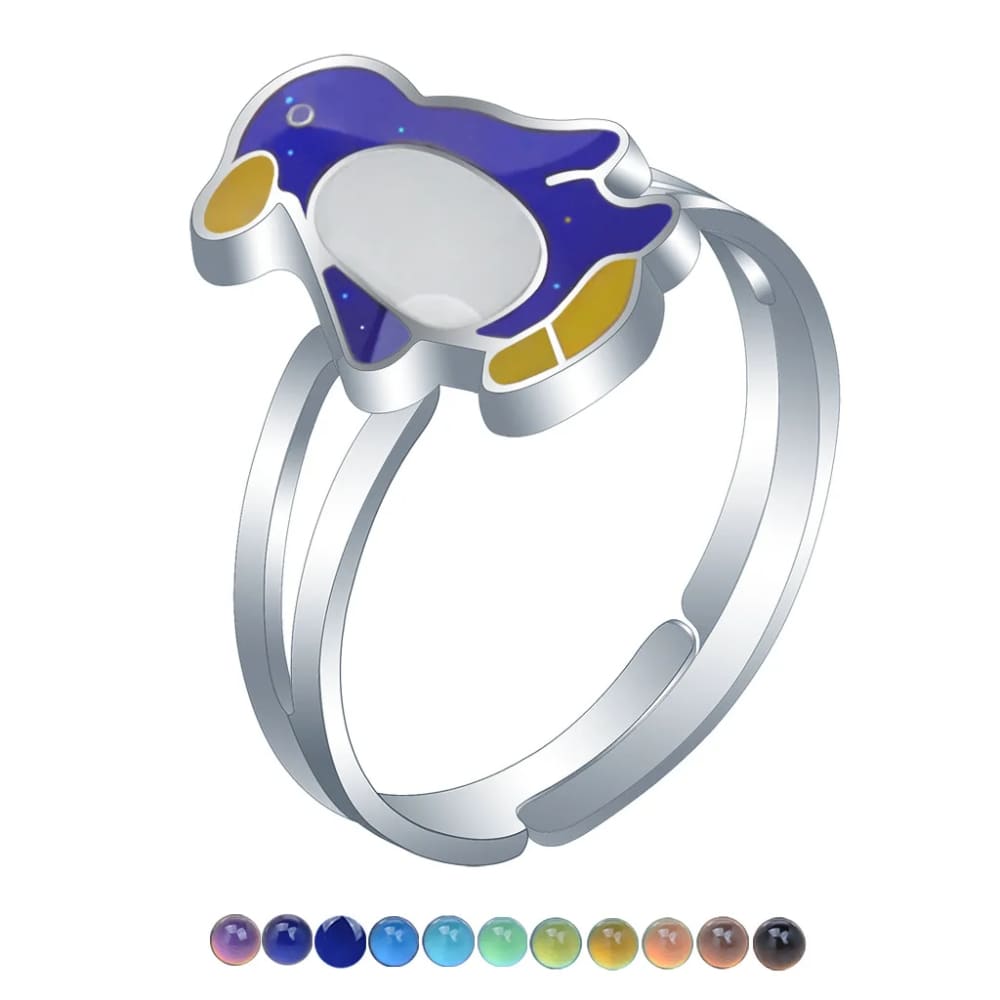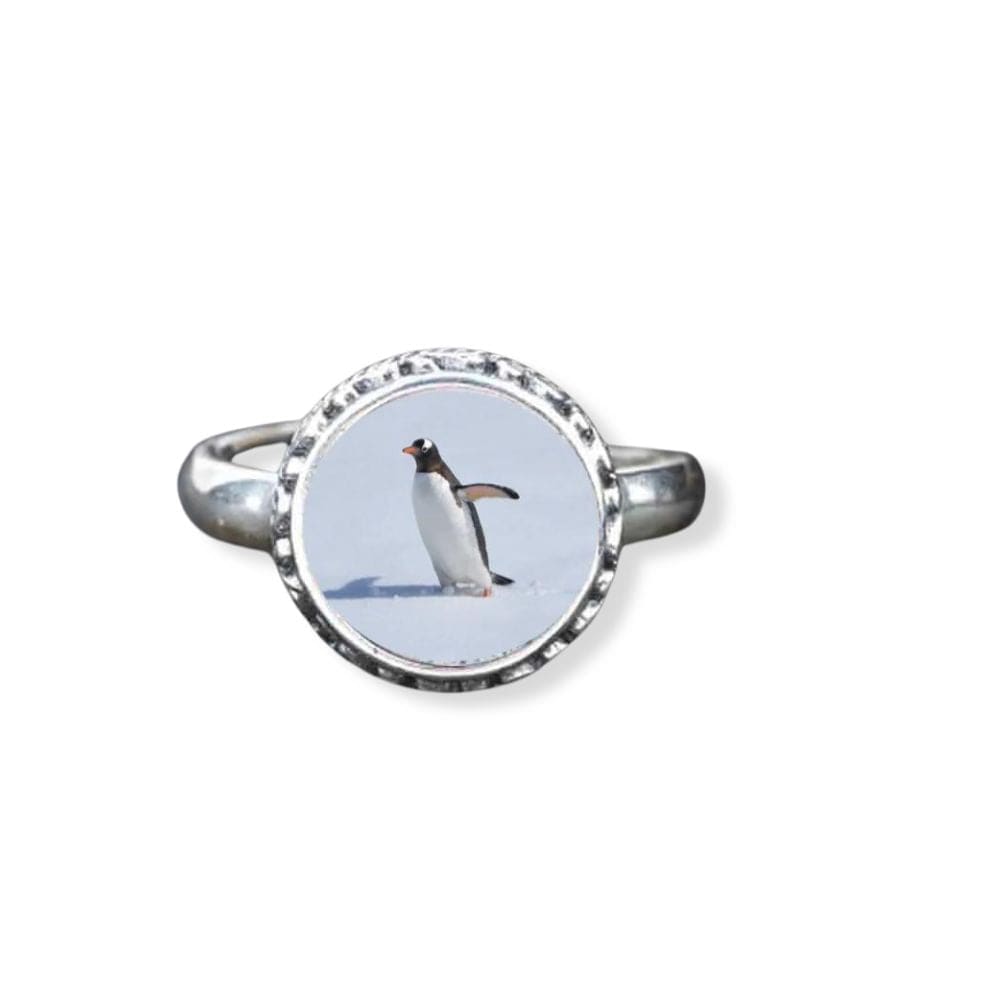Do penguins have teeth? Everything you need to know about penguins and their unique dental system
Do penguins actually have teeth?
Have you ever wondered if penguins have teeth? Well, the answer might surprise you – they do! However, these teeth are not like the ones we humans have.
Penguin teeth are not visible on the surface as they are buried deep within their beaks. These teeth are small, spiky structures called papillae. Although they are not sharp like carnivorous teeth, they serve an important function: helping penguins catch and hold onto slippery prey like fish and squid.
The anatomy of penguin teeth
The papillae found in penguins' mouths are made of keratin, the same substance that makes up our hair and nails. Penguins have a row of these tiny teeth-like papillae along the upper and lower parts of their beaks.
These papillae act as a gripping mechanism for penguins, allowing them to catch and hold slippery prey securely. This is particularly important for penguins that rely on fishing as their primary source of food.
However, it's essential to note that not all penguins have the same dental structure. For example, Emperor penguins have fewer and smaller papillae compared to other species. This difference in dental anatomy reflects their diet and feeding habits.
The significance of papillae in penguins' feeding process
Penguins are known for their exceptional swimming and diving abilities. When hunting underwater, their teeth-like papillae help them grab onto fish and other prey, preventing them from slipping away.
Additionally, these tiny papillae also aid in guiding the prey towards the back of the penguin's throat, ensuring efficient swallowing. Without these teeth-like structures, catching and consuming food would be a challenging task for penguins.
It's fascinating to see how penguins have evolved to adapt to their unique environment, including their dental system and feeding mechanisms.
Other interesting facts about penguins' dental health
Penguins may not have conventional teeth, but that doesn't mean they don't have dental health concerns. Here are a few interesting facts about penguins' dental hygiene:
1. Wear and tear on papillae
The papillae in penguins' beaks may wear down over time due to the constant use during feeding. However, penguins have a remarkable ability to regenerate these teeth-like structures, ensuring they remain effective hunters.
2. Dental problems in captivity
Penguins kept in captivity may face dental issues due to dietary imbalances or lack of natural hunting behaviors. Regular dental check-ups are essential in ensuring their overall health and well-being.
3. Cleaning with pebbles
Penguins are known to engage in a unique behavior called "bill-rocking," where they repetitively move their beaks up and down while holding a pebble. This behavior is believed to help keep their teeth-like papillae clean from debris and maintain dental hygiene.
The importance of penguins' teeth-like papillae in their survival
Although penguins' papillae might not resemble human teeth, they play a vital role in their survival and adaptation to their environment. These structures allow penguins to catch their slippery prey, ensuring they have a reliable source of food.
1. Hunting efficiency
The teeth-like papillae help penguins hunt with precision and efficiency. Along with their streamlined bodies and exceptional swimming abilities, these teeth-like structures give them an edge in catching fast-moving prey underwater.
2. Survival in harsh conditions
Penguins inhabit some of the coldest and most challenging environments on Earth. Having a dental system that allows them to secure their food is crucial for their survival, especially during the breeding season when they need ample energy for themselves and their offspring.
3. Adaptation to their diet
Penguins have a diverse diet that primarily consists of fish, squid, and krill. The papillae in their beaks help them adapt to their specific dietary needs and effectively capture the prey that sustains them.
In conclusion
Penguins may have a unique dental system with teeth-like papillae, but it serves a crucial purpose in their survival and feeding process. These small, spiky structures allow penguins to catch and hold onto slippery prey, ensuring they have a reliable source of food in their challenging, icy habitats.
Next time you admire these fascinating creatures, take a moment to appreciate their specialized dental adaptations and how they contribute to their incredible ability to thrive in some of the harshest environments on our planet.




























